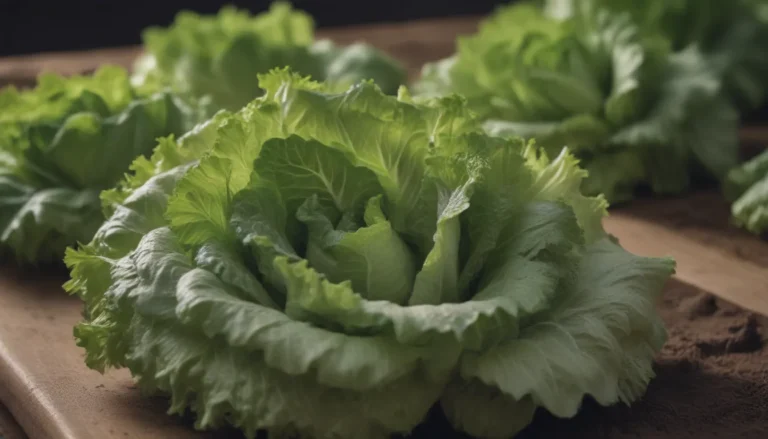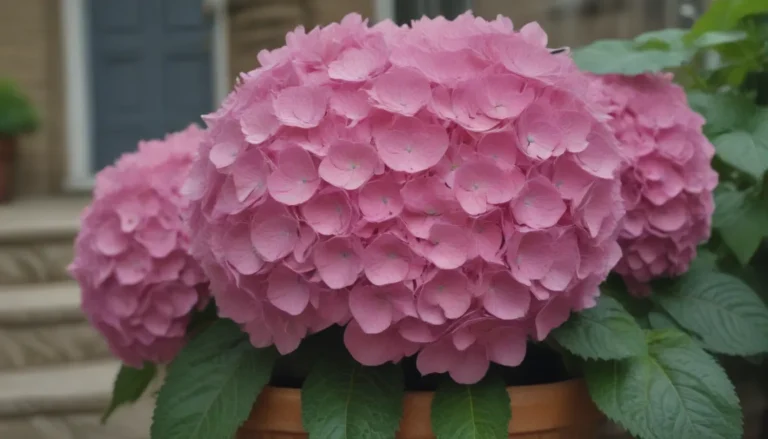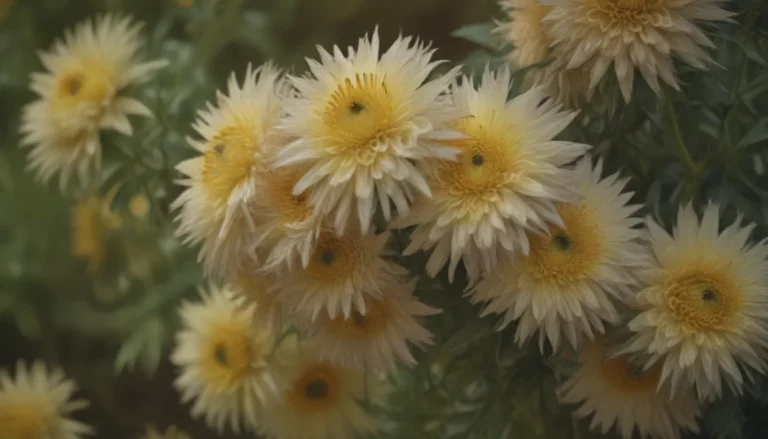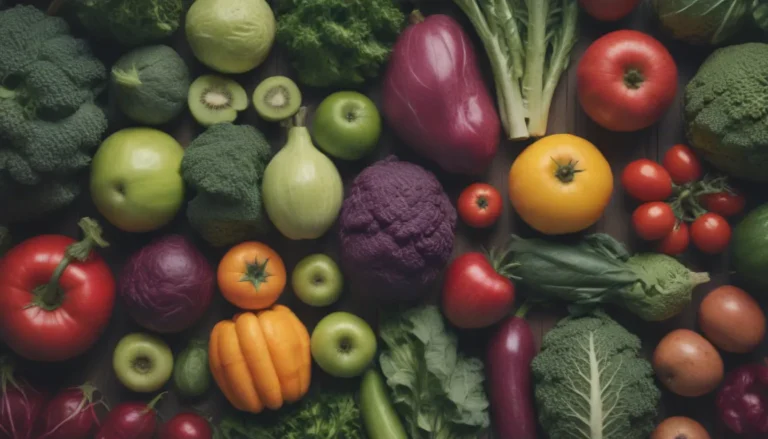Tomato Leaves Turning Yellow? Why It Happens and What to Do About It
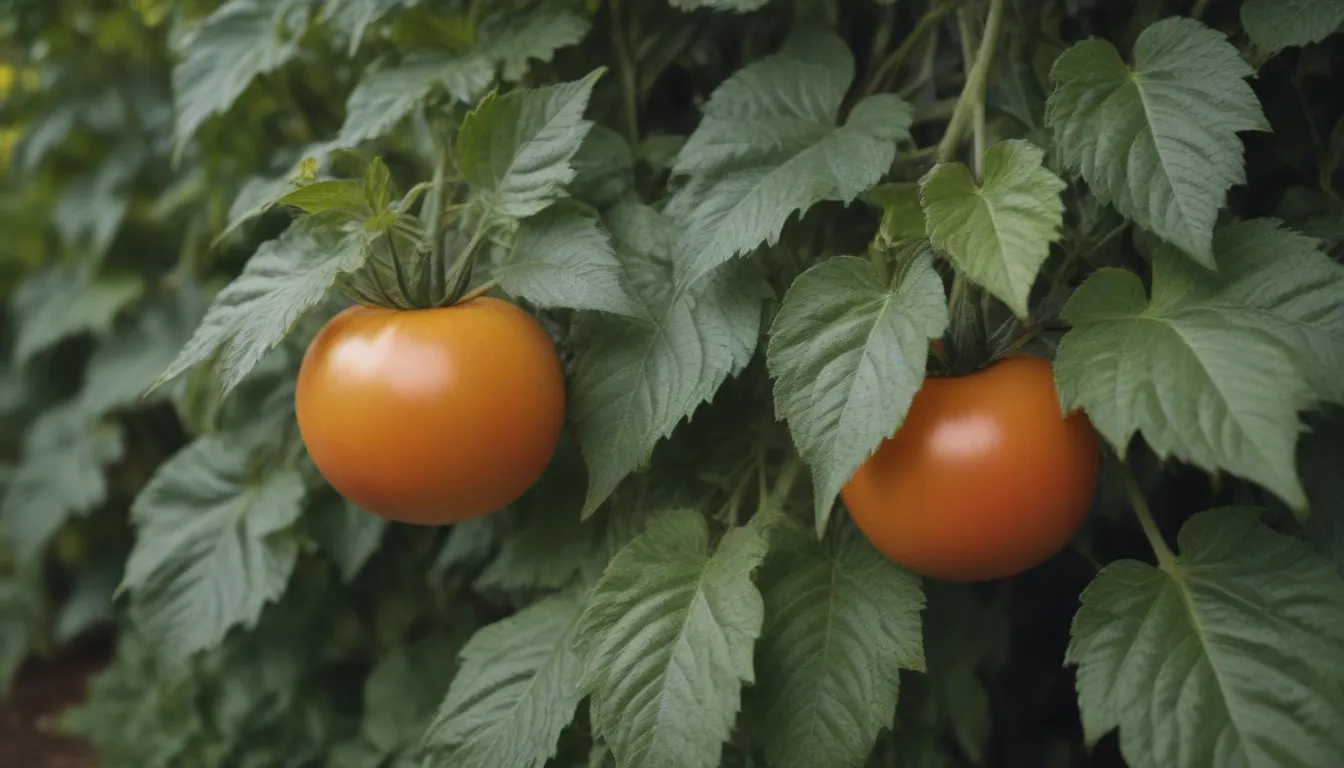
If you’ve ever grown tomatoes, you may have encountered the dreaded sight of yellowing leaves on your plants. This common issue can be caused by a variety of factors, from watering problems to nutrient deficiencies and even diseases. But fear not! In this in-depth article, we will explore the various reasons why your tomato leaves may be turning yellow and provide valuable tips on how to fix them.
Why Are My Tomato Leaves Turning Yellow?
Yellow leaves on tomato plants can be a sign of underlying issues within the plant. Here are some common causes of yellowing leaves and how to address them:
Watering Issues
- Cause: Too much water can lead to yellow leaves on tomato plants, while too little water can result in dry or crispy leaves.
- Solution: Ensure your plants receive at least 1 inch of water per week through rainfall or watering. Water deeply and aerate the soil to promote healthy root growth.
Lack of Light
- Cause: Insufficient sunlight can cause tomato leaves to turn yellow.
- Solution: Move your plant to a sunnier location or prune surrounding trees and shrubs to allow more sunlight to reach the plants.
Transplant Shock
- Cause: Yellowing leaves after transplanting or repotting can indicate transplant shock.
- Solution: Keep the plant well-watered during transplanting and protect it from temperatures below 45 degrees Fahrenheit.
Fertilizer Burn
- Cause: Excessive fertilizer can lead to leaf yellowing.
- Solution: Flush the plant with water to remove excess salts and fertilizer. Follow the instructions on the fertilizer label to prevent fertilizer burn.
Lack of Nitrogen
- Cause: Nitrogen deficiency can result in yellowing leaves, especially on older, larger leaves.
- Solution: Fertilize tomato plants with a balanced 5-10-5 NPK fertilizer to provide sufficient nitrogen.
Iron Deficiency
- Cause: Pale green or yellow leaves may indicate an iron deficiency.
- Solution: Conduct a soil test, amend the soil as needed, and apply an acidifying fertilizer to lower the pH if necessary.
Magnesium Deficiency
- Cause: Yellowing spots on older leaves can be a sign of magnesium deficiency.
- Solution: Use a fertilizer containing magnesium or feed the plant with Epsom salts to correct the deficiency.
Virus: Tomato Yellow Leaf Curl
- Cause: Viral infections like yellow leaf curl virus can cause yellowing leaves in tomatoes.
- Solution: Deter whiteflies and apply horticultural oil spray to prevent the spread of the virus.
Treatable Fungal and Bacterial Diseases
- Cause: Fungal and bacterial diseases can cause yellowing leaves in tomatoes.
- Solution: Trim infected leaves, stake and prune plants for better air circulation, and use fungicides if necessary.
Fatal Fungal Wilt Diseases
- Cause: Fusarium and verticillium wilt are fatal fungal diseases that can cause yellowing leaves.
- Solution: Remove and discard diseased plants to prevent the spread of the disease.
Herbicides
- Cause: Herbicide drift can lead to yellowing, stunted growth, or curling of tomato leaves.
- Solution: Avoid using herbicides near tomato plants and switch to hand-weeding or alternative sources of manure fertilizer.
How to Prevent Yellow Leaves on Tomato Plants
To prevent yellowing leaves on your tomato plants, follow these helpful tips:
– Select healthy plants or seeds.
– Stake plants for support.
– Feed plants regularly with balanced fertilizer.
– Check soil pH and amend as needed.
– Rotate crops to prevent disease buildup.
– Avoid overwatering and water the soil, not the foliage.
– Remove yellowed leaves to improve air circulation and prevent disease spread.
– Consider using coffee grounds as a nitrogen supplement for healthy plant growth.
Remember, maintaining good care practices and addressing issues promptly can help your tomato plants thrive and produce abundant harvests. By understanding the causes of yellowing leaves and taking proactive steps to correct them, you can enjoy healthy, vibrant tomato plants in your garden.
In conclusion, yellow leaves on tomato plants may be a common issue, but with the right knowledge and proper care, you can easily address and rectify the problem. Whether it’s adjusting watering habits, addressing nutrient deficiencies, or managing diseases, there are solutions available to help your tomato plants stay healthy and productive. Happy gardening!

